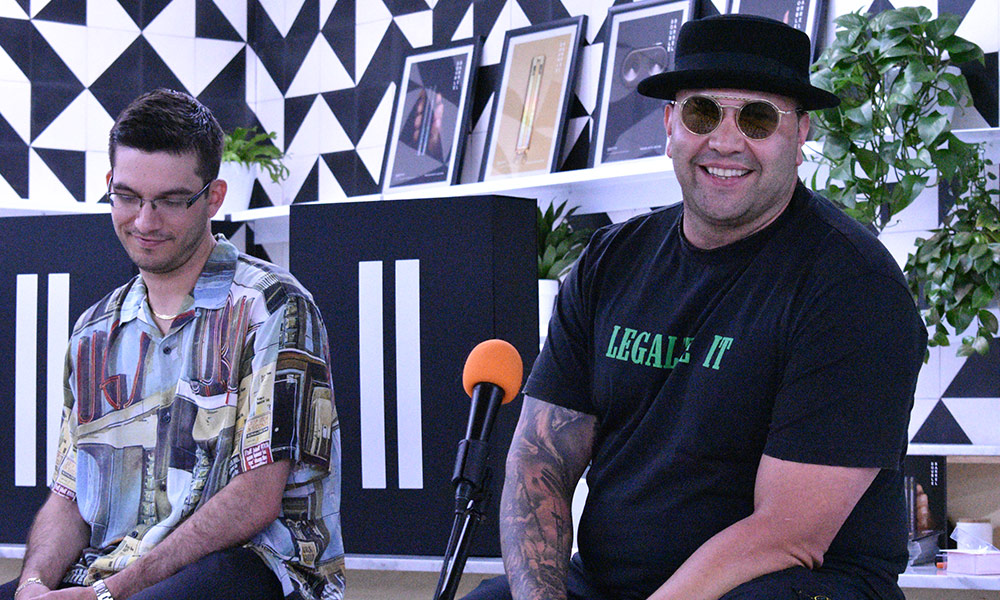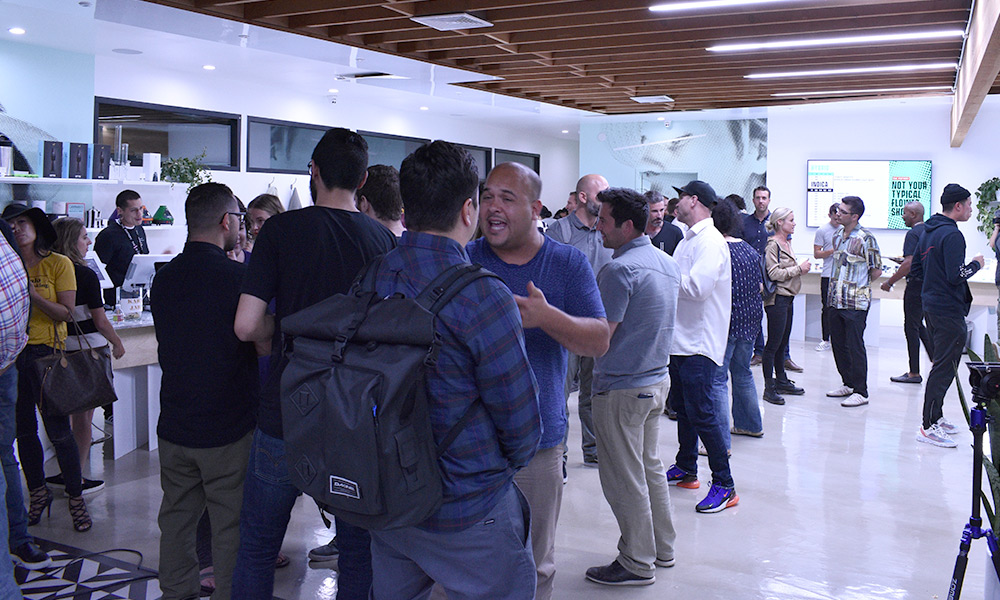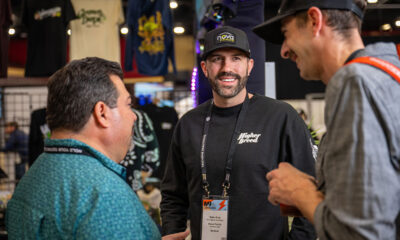
Photos Jimi Devine for Cannabis Now
Industry Events
Sherbinski & Double Barrel Host Panel Reviewing California’s New Regulations
This week, cannabis industry leaders gathered in a Los Angeles storefront, The Pottery, to discuss what California cannabis companies can do to survive this new era of regulation.
On Wednesday, July 18, world-famous breeder Mr. Sherbinski and the folks at Double Barrel Vaporizers hosted an all-star panel in Los Angeles to talk about the current state of cannabis culture and the industry in California, now seven months into the state’s grand regulatory legalization experiment.
Joining Sherbinski for discussion were panelists that included America’s first mainstream newspaper cannabis editor and Cannabis Now contributor Ricardo Baca, BDS Analytics’ California director Tamar Maritz, cannabis lawyer Ariel Clark — who is also the founder of the Los Angeles Cannabis Task Force — and Brian Farmer, the managing editor of Highsnobiety.com.
“This panel was important to me because it pulled together leaders in our industry and we were able to talk about the issues that are important to all of us and relevant now with what’s going on in the regulated California cannabis market,” Sherbinski said. “A thought-provoking dialogue between leaders in the industry is what helps forge the path forward to compliance and safe access.”
A big theme for the evening was survival — and how cannabis companies can make it in the tough world of California’s new regulations. Sherbinski began the panel by giving a quick history lesson of how he got started in the cannabis game, providing to the dispensaries and patients of San Francisco’s legendary Haight-Ashbury neighborhood. Today, Sherbinski is one of the few significant names left in a regulatory maelstrom that’s sucked many small providers under.
Armed with one of the leading data sets on the events of the last six months, Maritz was able to dive into the realities of California’s new cannabis landscape deeper than most.
“A significant portion of existing operators in the California cannabis industry find themselves at a crossroads,” Maritz said. “Well-capitalized companies and funds continue to make their way into the industry at an accelerating rate and existing operators have to make a choice: struggle to keep their piece of the pie, or raise capital, consolidate and sell now or get pushed out by financially backed and experienced new entrants. Companies should keep an eye on the shifting market and up their game to ensure they make it through these turbulent times.”
Baca and Farmer touched on the responsibility of the media in these changing times. Baca was able to compare the transitions he saw in Colorado and Uruguay to California, but most important to him was the quality of the information people are reading about the plant. In Baca’s eye’s, the cannabis journalism before 2012 was activism-centric. As the industry has evolved, the need for a more traditional journalism has followed, but as we’ve seen major cutbacks on coverage from outlets like the San Francisco Chronicle and Denver Post, it’s getting more difficult to find vetted information on the cannabis industry.
Farmer also spoke on the intersection of urban fashion, music culture and cannabis. He was able to presume confidently that 90 percent of his readers in search of the latest sneaker, wardrobe and general lifestyle news are also consuming cannabis, but he speculated that number was even higher, half-jokingly saying 98 percent.
Nevertheless, as much as we could all use a pair of neon-green Yeezys, Maritz informed the crowded audience that a very different image of recreational users is emerging, via the data BDS Analytics is seeing. While the average recreational cannabis user of the past might have invoked images of Bob Marley posters and sandals, the times have proven otherwise.
“We’re seeing many trends, and one of the major ones is the evolution of the adult consumer,” Maritz told the crowd. “The average age of a cannabis consumer is 40, with kids, with a higher income than those who don’t use [cannabis].”
Maritz notes that California is definitely seeing the evolution of new products to accommodate these new users such as her mother, who wouldn’t know what to do with a pack of papers, an eighth and a grinder.
In the future, Double Barrel hopes to host more discussion panels throughout the state. Keep an eye out for a review of their new vaporizer technology in an upcoming issue of Cannabis Now.
TELL US, are you feeling pushed out of the California cannabis industry?


























